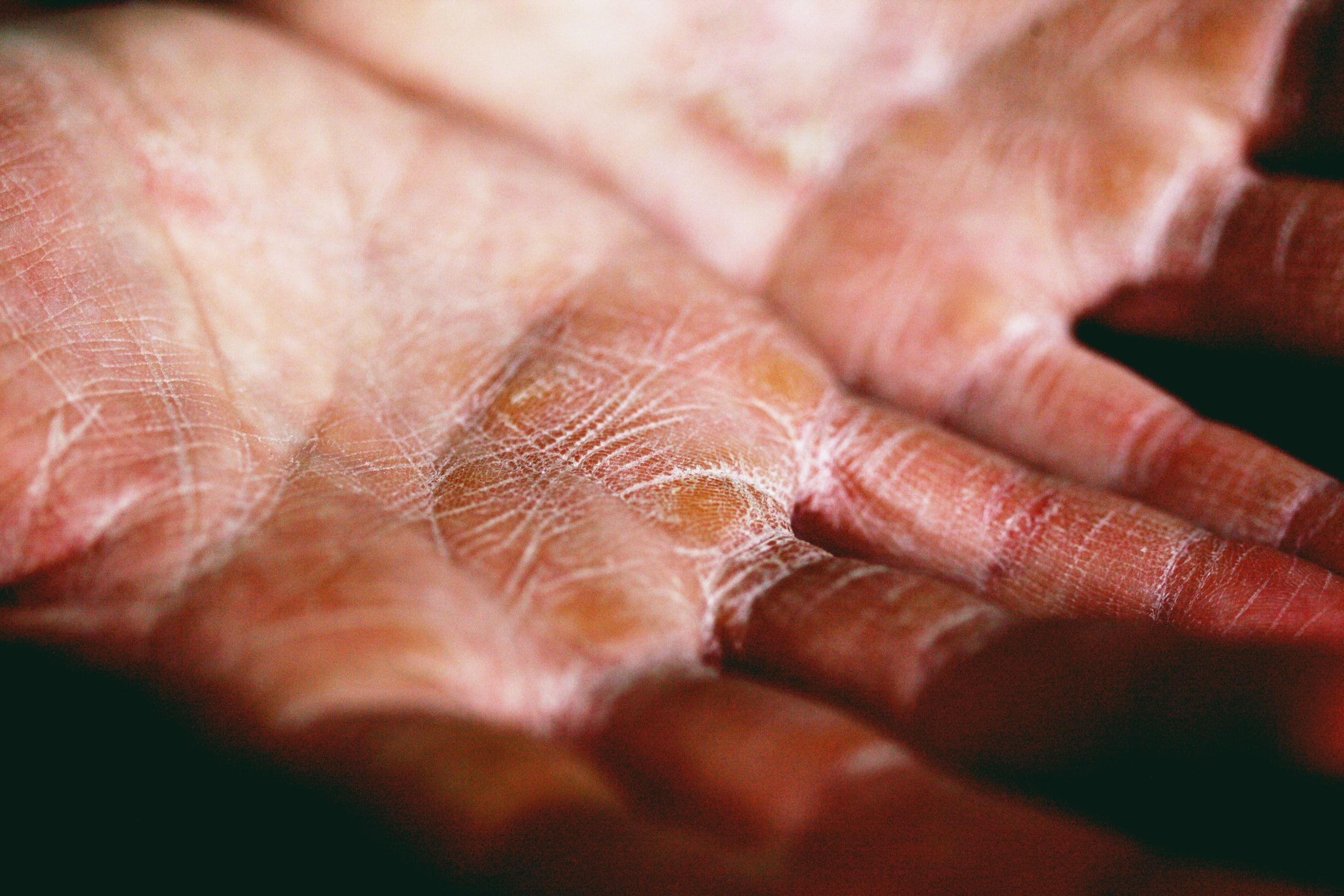Article
New Review Highlights Gaps of CLE Clinical Research
Author(s):
Researchers cite a lack of knowledge on the disease and treatments, which they believe affect the quality of life of patients.

Recent research emphasized a need for closer assessment of cutaneous lupus erythematosus (CLE), relevant disease severity and potential treatments.
Cutaneous lupus erythematosus is an autoimmune photosensitive disorder that impacts the skin, with select options for managing disease damage. The disorder has been known to cause lesions and skin damage such as dyspigmentation, scarring, atrophy and/or alopecia. Cosmetic disfiguration has also been associated with CLE and has caused distress in some patients.
Efforts to clinically mitigate the damage caused by the disorder were made in the study, which was headed by Benjamin F. Chong, MD.
The lack of literature about CLE treatment prompted research by Chong and colleagues.
“There are various treatments for disease damage for each sign of disease damage,” the team wrote. “However, more robust investigations are needed to assess disease pathogenesis and improve treatments of disease damage due to Cutaneous lupus erythematosus.”
While many current treatments for CLE focus primarily on reducing inflammation, there are variations dependent on whether it is medical or at-home treatments.
Occasionally, CLE patients have opted for make-up, wigs and hair pieces to conceal skin damage instead of seeking medical treatment. Medical and surgical treatments had been utilized in the past to treat dyspigmentation, scarring and atrophy, but reports made on those treatments were largely anecdotal.
Topical steroids, topical calcineurin inhibitors, antimalarials, corticosteroids, and steroid-sparing immunosuppressants have also been used to mitigate CLE damage, but the available results included in the investigators’ assessment were not significant, especially in patients with darker skin-types.
In order to gain a better understanding of CLE and its impact on the quality of life of patients, the investigators first divided the disorder into lupus-specific and lupus-nonspecific categories.
From there, lupus-specific lesions were further subdivided into acute CLE (ACLE), subacute CLE (SCLE), and chronic CLE (CCLE), of which the most common subtype is discoid lupus erythematosus (DLE).
Researchers noted that the subtypes of CLE could impact patients differently than others.
For instance, patients with ACLE and SCLE were less likely to have disease damage, while patients with DLE were often characterized by dyspigmentation and intense inflammatory infiltrates in the deep dermis.
Chong and colleagues would go on to review scholarly citations from Pubmed, Ovid Medline and Google as recent as January 31, 2021 to summarize disease damage and therapeutic options for patients.
The main characterizations of CLE were as followed:
Hyperpigmentation: a darkening of skin color that results from either the overproduction of melanin or irregular dispersion of pigment.
Hypopigmentation: a manifestation of CLE disease damage, hypopigmentation, or lightening of skin color that results from decreased melanin production or melanocyte destruction.
Scarring: manifestation of atrophic plaques with associated telangiectasia and/or dyspigmentation. Cribriform scarring, pitting acneiform scarring, and fat atrophy were also noted.
Atrophy: tissue loss, a result of deep inflammatory damage to tissue in CLE with a poorly understood pathogenesis.
Scarring alopecia: also known as cicatricial alopecia. A prominent feature of disease damage in chronic CLE subtypes that occurs when hair follicles are irreversibly damaged and replaced by fibrous tissue, resulting in permanent hair loss.
Various strategies were recorded by Chong and his colleagues.
The team recommended sun avoidance, inflammatory mediators, melanocyte-keratinocyte transplant methods and hydroxychloroquine-based therapies for pigment conditions.
Additionally, laser therapy, Intense pulsed light (IPL) and pulse dye laser (PDL) were highlighted for the treatment of scarring lesions in cutaneous lupus, as well as dermabrasion.
Injectable fillers and early detection were also recommended for CLE patients suffering from atrophy and scarring alopecia, respectively.
As was the case for all characteristics of CLE, the team noted the difficulty of early detection in patients and the lack of research surrounding the various treatments.
However, there have been exceptions. The report noted that autologous fat transfer, or fat grafting, had been reported as being successful in mitigating symptoms and damage in patients with lupus panniculitis and DLE.
The researchers urged for further studies on the topic of CLE and CLE treatments, citing a lack of literature and information. Additionally, they recommended clinician sufficiently control disease activity before employing treatments, as well as directing studies towards patients with darker skin types.
“Future studies focusing on the pathogenesis of disease damage in CLE can potentially lead to development of effective treatment options,” the team wrote. “Additionally, we recommend that darker skin types are sufficiently represented in these investigations, given that those with darker skin are more frequently affected by CLE disease damage.”
The study, “Treatments for Disease Damage in Cutaneous Lupus Erythematosus: A Narrative Review,” was published online Dermatologic Therapy.




